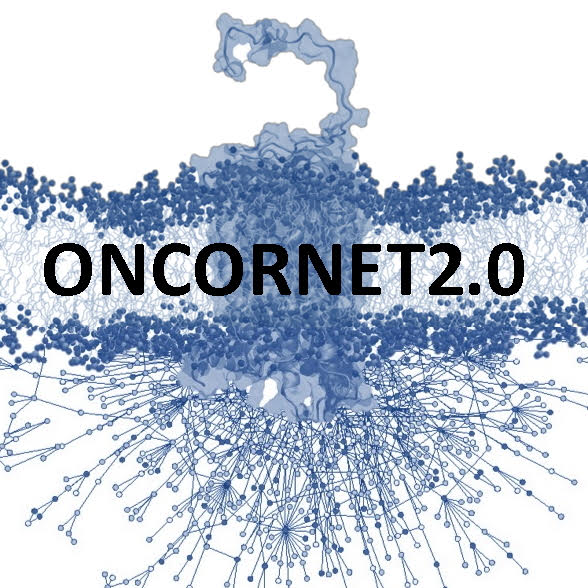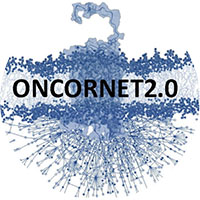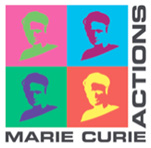Spatial organisation of CXCR4 and ACKR3 receptors and complexes with growth factor receptors
Early stage researcher 5 (ESR5) project
Supervision: Prof. Dr. Stephen J. Hill, Dr. Laura E. Kilpatrick
Host: University of Nottingham
I- Project proposal:
Aim:
- To investigate the spatial and domain organisation of CXCR4, ACKR3 and EGF receptors co-expressed in a model system using advanced imaging techniques (FRAP, super-resolution microscopy, FCS) and NanoBRET.
- To determine the receptor dynamics, interactions and the role of the cytoskeleton, caveolae and other domains in these
Methodology:
Spatial-temporal organization of CXCR4, ACKR3 and EGF receptors will be investigated using tagged receptors (HaloTag, SNAP-tag, Green fluorescent protein (GFP)), super-resolution microscopy and bioluminescence imaging. Ligand binding will be monitored using NanoBRET (bioluminescence resonance energy transfer) in conjunction with fluorescent ligands for each cell surface receptor. Nanobodies tagged with fluorescence tags or NanoBiT tags will be used to interrogate endogenous receptors. Receptor diffusion and number within the membrane microdomains on the cell surface and in intracellular endosomes will be monitored using Fluorescence Correlation Spectroscopy (FCS).
Planned secondments:
Promega Corporation – Design and production NLuc (incl. NanoBits) and HaloTag CXCR4/ ACKR3 constructs
QVQ – Development of labelling strategies for CXCR4 and ACKR3 nanobodies
UAM – Imaging receptor organisation in primary animal cancer tissue from in vivo models
II – Requirement candidate:
Required diploma: MSc degree in pharmacology, biochemistry or a related discipline.
Required expertise: cell culture, cell biology, cell-based assays, molecular biology.
Recommended expertise: GPCR molecular pharmacology, imaging, FRET/BRET-based approaches.
Key publications:
Briddon SJ, Kilpatrick LE, Hill SJ (2018) Studying GPCR Pharmacology in Membrane Microdomains: Fluorescence Correlation Spectroscopy Comes of Age. Trends in pharmacological sciences. 39: 158-174.
Stoddart LA, Kilpatrick LE, Hill SJ (2018) NanoBRET approaches to study ligand binding to GPCRs and RTKs. Trends Pharmacol. Sci. 39:136-147.
Kilpatrick LE, Alcobia, DC, White CW, Peach CJ, Glenn JR, Zimmerman K, Kondrashov A, Pfleger KDG, Friedman-Ohana R, Robers MB, Wood KV, Erica K Sloan EK, Woolard J, Hill SJ. (2019). Complex formation between VEGFR2 and the β2-adrenoceptor. Cell Chem. Biol. 26: 830-84.
Adlere I, Caspar B, Arimont M, Dekkers S, Visser K, Stuijr J, de Graaf, C, Stocks M, Kellam B, Briddon S, Wijtmans M, de Esch I, Hill S, Leurs R. (2019) Modulators of CXCR4 and CXCR7/ACKR3 function. Mol Pharmacol. In press.
- Peach CJ, Kilpatrick LE, Friedman-Ohana R, Zimmerman K, Robers MB, Wood KV, Woolard J, Hill SJ (2018). Real-time ligand binding of fluorescent VEGF-A isoforms that discriminate between VEGFR2 and NRP1 in living cells. Cell Chem Biol. 25: 1208-1218.
For more information:
Prof. Dr. Stephen J. Hill – Steve.hill@nottingham.ac.uk
Dr. Laura E. Kilpatrick – Laura.kilpatrick@nottingham.ac.uk
Application:
Follow us on
Contact details
Please contact us at:
e.v.langemeijer@vu.nl
ONCORNET Coordinator
Vrije Universiteit Amsterdam




